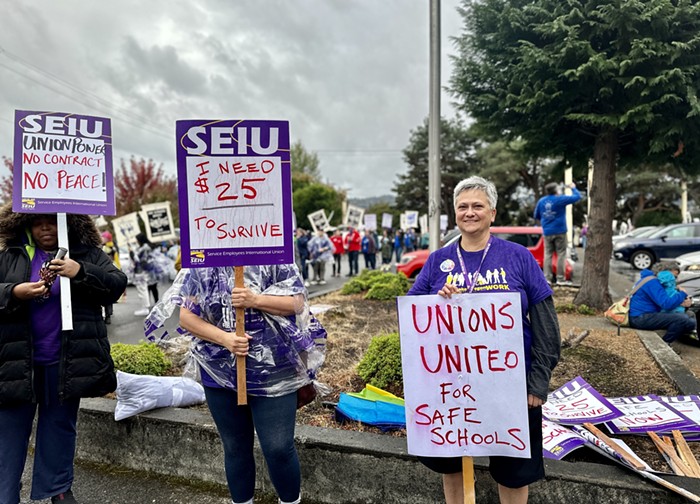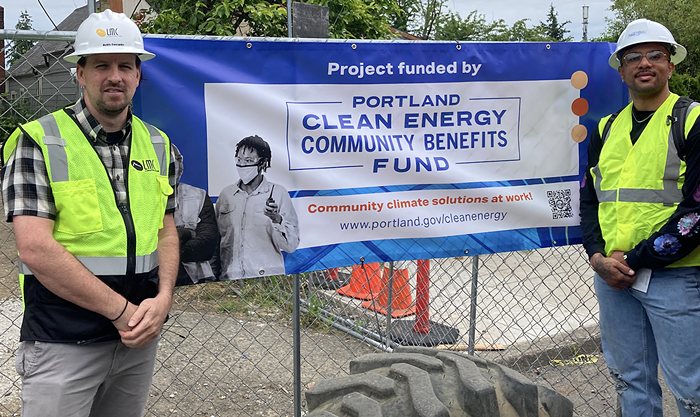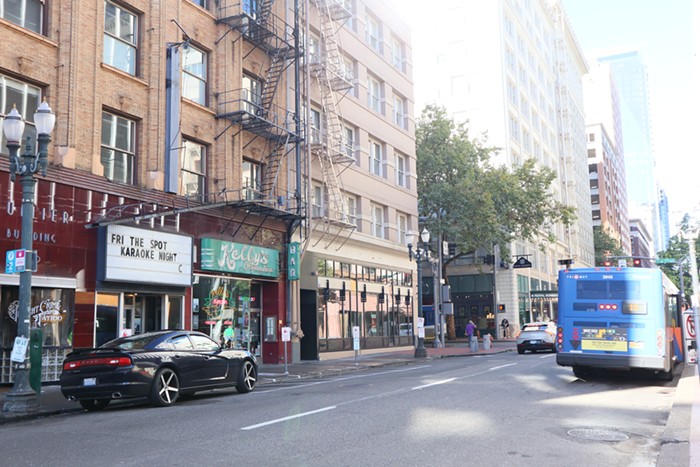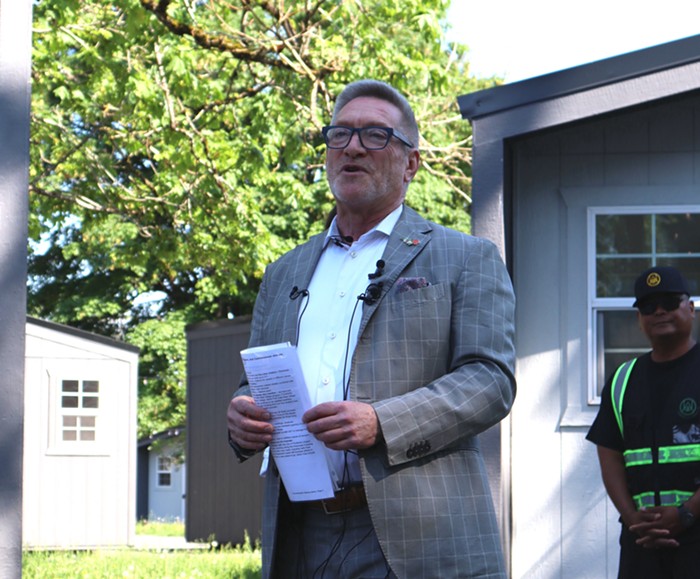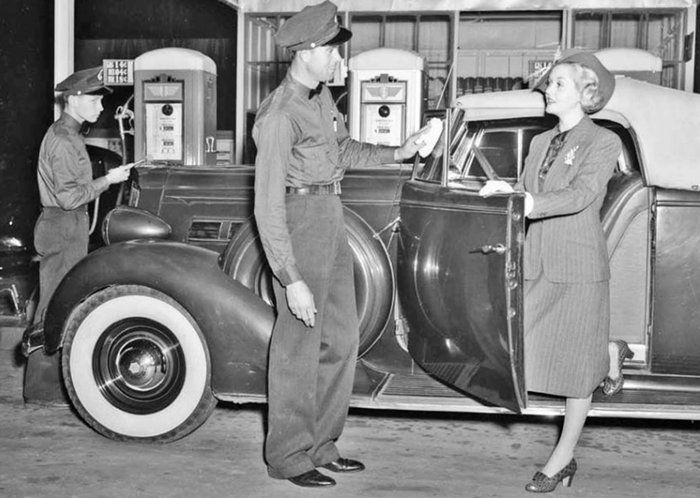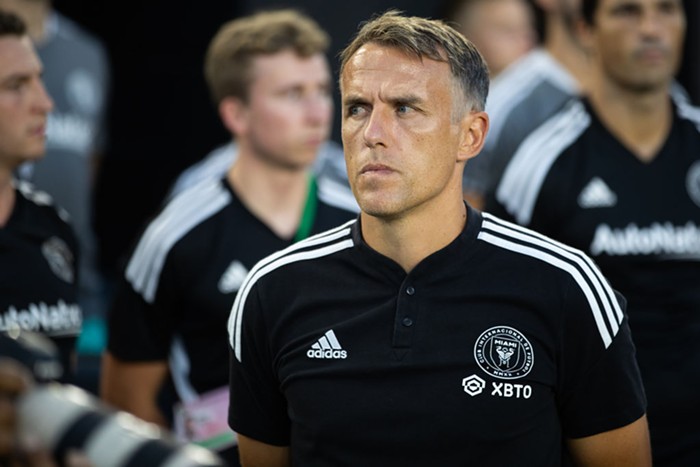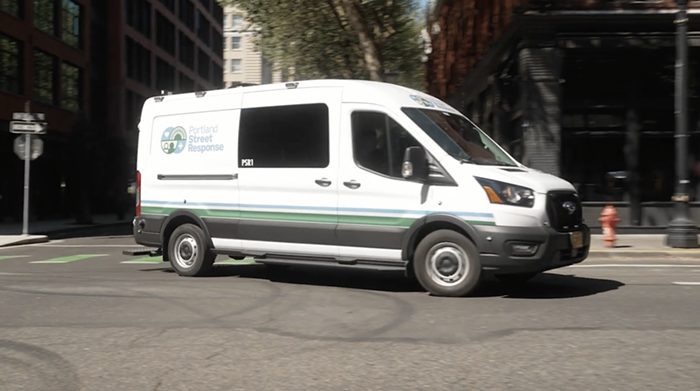The last day of January was a dark one for American women. Samuel Alito Jr.—a conservative, Republican, former appeals court judge—became the 110th Supreme Court justice, despite pro-choice activists' efforts to keep him off the nation's highest court.
Alito has a frightening anti-choice background that has activists worried about Roe v. Wade's future: During the recent confirmation hearings, Alito refused to acknowledge Roe as settled law, as previous nominee John Roberts had, and evaded senators' questions regarding the case.
In a 1985 job application, Alito wrote that he believed "the Constitution does not protect a right to an abortion." (He was then promoted to deputy assistant attorney general in the Reagan administration.) And in 1991, he wrote a controversial partial dissent in the abortion case Planned Parenthood v. Casey. Alito supported a Pennsylvania requirement stating that women must inform their husbands of their intent to get an abortion.
Now Alito—who was confirmed by the narrowest of margins, in a 58-42 vote—has replaced moderate Justice Sandra Day O'Connor. O'Connor was known for being the deciding vote in cases involving a woman's right to choose. For example, she rejected Alito's Casey dissent when the case made it to the Supreme Court, pointing out that women who don't want to tell their husband about a decision to get an abortion may have a very good reason to stay quiet—like the threat of domestic violence.
Pro-choice activists around the county, fresh from celebrating the 33rd anniversary of Roe in January, have returned to their most basic work—advocating for laws that protect a woman's right to choose. But with a Supreme Court that may be a lost cause for the time being—Alito and Roberts' recent confirmations give the court a Catholic, conservative majority that could erode or eradicate Roe's protections—activists have turned their attention to a place where they can make a bigger difference: the states.
Good... But Good Enough?
Pro-lifers have certainly turned their attention to state laws: On Friday, February 24, South Dakota's legislature passed a law banning all abortions—a direct challenge to Roe v. Wade. Abortion foes are elated that the issue will likely zoom to the recently reshaped Supreme Court.
In Oregon, the legal landscape isn't as dire—but pro-lifers in the state are trying to get a measure on the ballot that would require parental consent for minors' abortions. The Oregon Supreme Court recently tossed the initiative petition back to the state attorney general for a new ballot title and summary—Planned Parenthood of the Columbia/Willamette had challenged the initiative.
In our state—where abortion rights are good enough to earn an A- rating from a national group that puts out an annual report card—activists will be focusing on maintaining the good laws Oregon has, fending off attacks on choice, like the parental consent measure, and filling in the gaps that remain.
"If Roe falls, the battle is going to be fought on the state front with a lot more energy," says Rebecca Green, constituency development director at NARAL Pro-Choice Oregon. "As the inevitable Supreme Court rulings come down, now is the time to protect your reproductive rights in Oregon."
The good news is that abortion will probably still be legal in Oregon, even if Alito and Bush screw things up nationally—for example, if South Dakota's new ban ends up toppling the landmark precedent—but not without vigilance from groups like NARAL and grassroots pro-choice activists. Though Oregon hasn't seen an anti-choice measure make it to the ballot since 1990, initiatives are filed each year, and 10 to 15 anti-choice bills—from requiring parental consent to restricting the number of abortion clinics in the state—are usually introduced during each legislative session.
Pro-choicers hope to elect more like-minded politicians, especially in the currently Republican-controlled, anti-choice majority state House—that way, they can ward off potential anti-choice legislation, and even pass bills that protect and expand access to reproductive services.
"If we don't have success [electing more pro-choice candidates], then we may be in real hot water because of Roe v. Wade [falling]," Green explains. "We expect an extreme increase in the amount of anti-choice legislation by ballot initiatives and legislation by anti-choice legislators."
The Long Road Ahead
The New York City-based Center for Reproductive Rights released a report in late 2004 that explored the state-by-state fallout if Roe were to fall. A map accompanying the 132-page report is a colorful and scary indication of what could happen: Many states, like Texas, Utah, Virginia, and the Dakotas are tinted bright red, indicating a "high risk" of enacting a state ban on abortion. Other states, like Idaho, Arizona, and Illinois, are yellow, for a medium risk. Thankfully, the West Coast states, including Oregon, are a serene green, meaning there's a low risk of an outright ban on abortion.
Grayson Dempsey, a pro-choice all-star in Oregon who founded Backline, a national phone line for people who want to discuss abortion, adoption, parenting, and pregnancy, travels the state to find and train new abortion providers, as part of a national program to expand women's access to a full range of reproductive services.
Dempsey rattles off a laundry list of good pro-choice news for Oregon: There is no legislative restriction on abortion, voters have consistently voted pro-choice (the 1990 measure to ban most abortions failed by a nearly 2-1 margin), pro-choice Democrats have a majority in the state senate, statewide officials—like the governor—are pro-choice, and Oregon is one of only 17 states that allows state Medicaid to pay for abortion services.
"It's one of the states where abortion would continue to be legal," if Roe fell, Dempsey says.
To be sure, an A- is much better than, say, Idaho—which was slapped with an F for its numerous restrictions on abortions, such as a state law laying out the state's anti-choice philosophy, and insurance restrictions on the procedure. That said, things in Oregon aren't perfect.
Accessing abortion services in parts of Oregon—especially in the eastern and rural parts of the state—is exceedingly difficult.
"It's not even funny. It's really a dangerous, dangerous situation," says Green at NARAL.
The majority of abortions performed in Oregon happen in Multnomah County, and other cities along the I-5 corridor. Women in places like Union County—where there isn't an abortion provider—have to take time off work and travel to find the legal service (in 2004, 18 women did just that—heading all the way to Multnomah County to get an abortion).
Pro-choice Oregonians need to step it up, if reproductive rights are going to be maintained—or improved, especially when it comes to access—in the state.
"There's definitely a long ways to go," Green agrees. "There's lots of proactive work we can do now, and there's going to be a lot more."
Nancy Bennett, VP of public affairs for the local Planned Parenthood chapter, agrees. "We'll be drawing up some new strategies in this next year," she says. For example, "we want to bring in voters who maybe aren't pro-choice but want to prevent abortions" and get their support for policies that support women's health, access to healthcare, and pregnancy prevention. "Let's get some wins. Let's look ahead and not just deal with one defeat after another."
